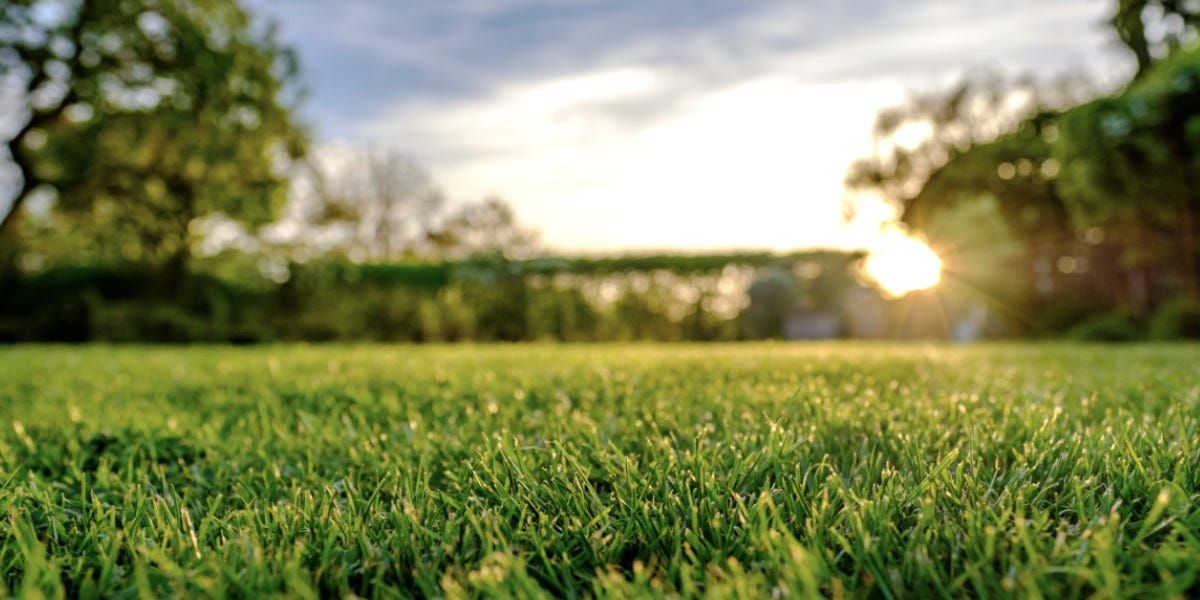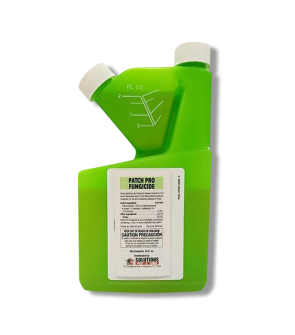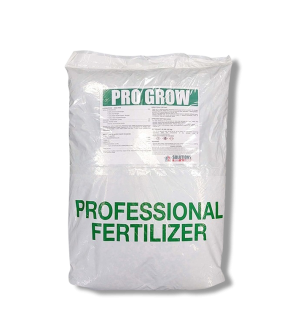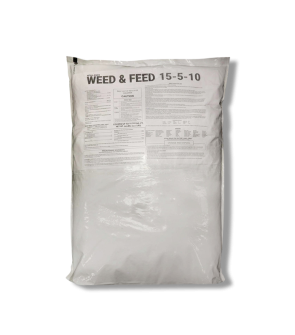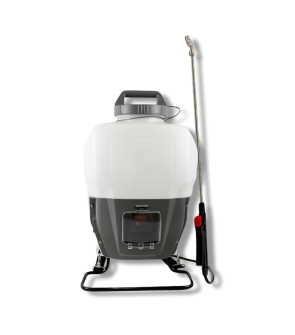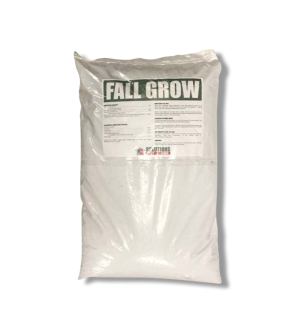Fungus & Diseases in Lawn
Most Effective Products
Common Fungus and Diseases on Lawns
Lawns are living things that grow, reproduce, and perish like anything else that's alive. They consist of millions of microorganisms and fungal spores that are usually beneficial to your soil's health.
However, when conditions are hot and there is high moisture, these spores can multiply and become an issue in lawns. The most common turf diseases for homeowners are brown patch, dollar spot, gray leafspot, leaf spot, and red thread.
Lawn disease occurs from one of three options: a disease causing organism, weak turf, and a favorable environment such as moist and hot temperatures. To better control lawn diseases and fungus it helps to understand the fungi itself, which can be done with this professional article.
If you are not seeing a disease or fungus listed here then contact our customer service team by phone, email, or in-person at one of our store locations for professional advice on how to control the pathogen you are experiencing.
Identification
 Brown patch appear as irregular circular patches that are brownish-yellow in color. They range from 6 to 24 inches in diameter.
Brown patch appear as irregular circular patches that are brownish-yellow in color. They range from 6 to 24 inches in diameter.
 Dollar spot will look like round patches that are slightly sunken in with a white to brown coloration. They are generally 1 to 2 inches in diameter.
Dollar spot will look like round patches that are slightly sunken in with a white to brown coloration. They are generally 1 to 2 inches in diameter.

Leaf spots look like angular or rounded patches that are brown, tan, or black in color. These spots may have smooth or fringed edges that are colored yellow, green, orangish-red, light tan, brown or black.
Inspection
 Brown patch typically grows in shaded, moist locations of lawn.
Brown patch typically grows in shaded, moist locations of lawn.
Dollar spots can appear on any area of turf from the roots, blades, and leaves of turf.
Leaf spot is found on the leaf blades, sheaths, crowns, and roots of turf.
Treatment
Step 1: Apply Fungicide
 The best way to treat diseases and fungi in lawns is to be proactive and apply a fungicide when you first notice them.
The best way to treat diseases and fungi in lawns is to be proactive and apply a fungicide when you first notice them.
We recommend using Patch Pro Fungicide, which is a systemic fungicide that works to control various fungi and diseases in plants and lawns.
Determine how much Patch Pro Fungicide to use by measuring the square footage of the treatment area. To do this, measure the length and width of the treatment area in feet then multiply them together (length X width = square footage).
To kill brown patch, dollar spot, and leaf spot in lawns, apply 2 fl. oz. of Patch Pro Fungicide in 1 gallon of water per 1,000 sq. ft.
To mix and make applications, we recommend using a backpack sprayer or handheld pump sprayer.
Fill your selected sprayer with half the amount of water, add the measured amount of Patch Pro Fungicide, then pour in the remaining half of water. Close the spray tank lid and shake until the solution is evenly mixed.
Spray the top and bottom of turf leaves until wet, but not to the point of runoff.
Begin applications in May or June before brown patch disease is present. For all other diseases its best to make applications when conditions are favorable for disease development.
For control of foliar diseases, allow the sprayed area to completely dry before irrigation. For control of soil-borne diseases, Patch Pro Fungicide can be watered in after application.
Do not graze animals on treated areas nor feed clippings from treated areas to livestock or poultry.
Keep children and pets out of treated areas until 24 hours have passed after application.
Step 2: Aerate the Soil

Lawn aeration can have a major impact on the fungal problems occurring in your yard.
It relieves soil compaction, which helps air and water to move more easily in the soil thus helping to prevent fungi and diseases from growing.
We recommend using either a lawn aerator shoe or type of core aerator to relive soil compaction in your lawn.
Step 3: Maintain Lawn
 Keeping your lawn maintained with regular lawn care practices will help to prevent and control fungal outbreaks.
Keeping your lawn maintained with regular lawn care practices will help to prevent and control fungal outbreaks.
Turfgrass diseases can begin in lawns with over and under watering techniques. To avoid this, we recommend watering lawns with one inch of irrigation once per week in the early morning. This will allow enough time for the water to absorb into the soil.
Leaving fallen plant leaves, and other plant debris on lawns causes air and moisture to become trapped between the leaf and ground. This causes funguses and diseases to grow. Make sure this doesn't happen with regular raking and picking up of fallen plant debris.
Mowing your lawn correctly can also play a role in disease control. Ensure your mower has sharp blades and raise your lower to remove no more than 1/3 of the grass blades when mowing. Cutting the turf too short can cause turf stress and increase its susceptibility to disease.
Step 4: Fertilize
 Some turf disease and fungi are more severe when certain nutrient levels are low while some are more severe if too high. Determine where nutrient levels are in the soil with a soil test.
Some turf disease and fungi are more severe when certain nutrient levels are low while some are more severe if too high. Determine where nutrient levels are in the soil with a soil test.
Depending on the season and turf type we recommend using Solutions 15-5-10 Weed & Feed Fertilizer with Trimec during the spring season. For the summer season, use the Solutions Pro Grow Summer Blend 19-4-10 Fertilizer and for the fall season use the Solutions 8-12-16 Fall Grow Fertilizer.
When you're done loading the proper amount of fertilizer into your push or broadcast spreader, you can then apply it.
Begin broadcasting the product starting at the edge of the lawn and walk all the way around the perimeter of the yard at a steady pace. Then walk back and forth across the yard to cover the space in the middle.
Water your lawn 1 to 2 days after application to activate the granules.
Key Takeaways
What Fungus and Diseases Are in Your Lawn
- Diseases and funguses you could be seeing in your lawn are brown patch, dollar spot, and leaf spot.
What Does A Diseases Lawn Look Like
- A disease lawn will depend on the fungi or disease infesting it, but it can be seen as sunken and discolored grass.
How to Get Rid of Diseases and Fungus in Lawns
- To get rid of diseases and fungus in lawns, you will first need to apply a fungicide like Patch Pro Fungicide. After the disease has cleared, perform aeration, regular lawn maintenance, and fertilization.
